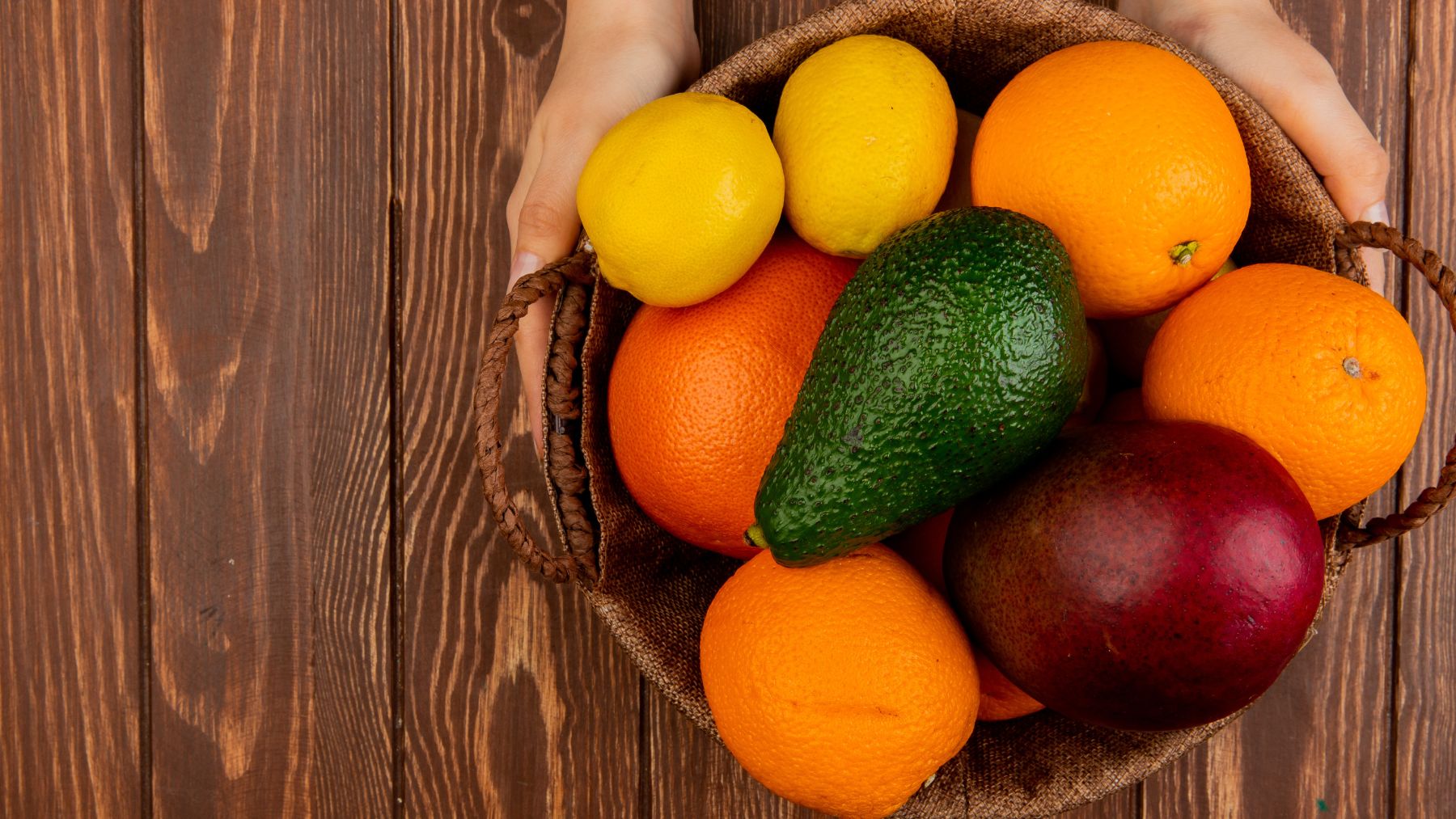It might surprise you, but one of the most pesticide-free fruits in the US isn’t what most people would expect. While popular fruits like bananas and berries often appear in kitchens across the country, they don’t top the list when it comes to being clean and low in chemical residues.
According to the 2025 edition of the EWG’s Shopper’s Guide to Pesticides in Produce™, nearly 60% of samples from the Clean Fifteen™ showed no detectable pesticide residues. But which fruit leads the ranking?
Which fruit is among the least contaminated in the US?
At the top of the Clean Fifteen list is the avocado. This creamy, nutrient-rich fruit had the lowest pesticide residues among all tested produce. Nearly all avocado samples showed no detectable traces of harmful chemicals, making it one of the safest choices for consumers.
This fruit’s thick skin acts as a natural barrier, helping protect the edible part from pesticide exposure during farming. Since avocados are rarely eaten with the peel, the risk of ingesting chemical residues is significantly lower compared to other fruits with thinner, consumable skins.
This makes them an ideal option for those looking to reduce their exposure to harmful substances without sacrificing taste or nutrition.
What other fruits and vegetables are on the Clean Fifteen?
These 15 fruits and vegetables had the lowest pesticide residues in the latest EWG report:
- Pineapple
- Sweet corn (fresh and frozen)
- Avocados
- Papaya
- Onions
- Sweet peas (frozen)
- Asparagus
- Cabbage
- Watermelon
- Cauliflower
- Bananas
- Mangoes
- Carrots
- Mushrooms
- Kiwi
Almost 60% of all samples in this group showed zero pesticide residue, and less than 16% had two or more detectable chemicals. For the top six on the list, no sample had more than three pesticide residues.
Why are there pesticides in produce, and what are the risks?
Pesticides are commonly used in agriculture to protect crops during and after the growing process. But they often linger on produce even after washing, peeling, or scrubbing. According to peer-reviewed research, exposure to these chemicals is associated with several health risks, such as hormone disruption, developmental delays, and neurotoxicity.
The Environmental Working Group (EWG) emphasizes that while regulators evaluate pesticides one at a time, real-life consumption frequently involves exposure to multiple chemicals simultaneously. Animal studies suggest these combinations can be more harmful than individual pesticides alone.
Some concerning chemicals include:
- Pyrethroids (e.g., permethrin, cypermethrin)
- Neonicotinoids (e.g., acetamiprid, imidacloprid)
- Fungicides (e.g., pyrimethanil, fludioxonil)
- Chlorpyrifos
Children are especially vulnerable. Studies suggest even low levels of pesticide exposure during pregnancy or early life can have long-term health impacts.
Which fruits and vegetables have the most pesticide residues?
The EWG’s Dirty Dozen™ list highlights the 12 items with the highest pesticide levels:
- Spinach
- Strawberries
- Kale, collard, and mustard greens
- Grapes
- Peaches
- Cherries
- Nectarines
- Pears
- Apples
- Blackberries
- Blueberries
- Potatoes
Also concerning:
- Bell and hot peppers
- Green beans
More than 95% of samples from the Dirty Dozen had pesticide residues. Blackberries, for example, tested positive for a mix of fungicides and insecticides in 93% of samples. Potatoes had lower variety but still showed consistent pesticide presence, notably with chlorpropham, a post-harvest sprout inhibitor banned in the EU.

